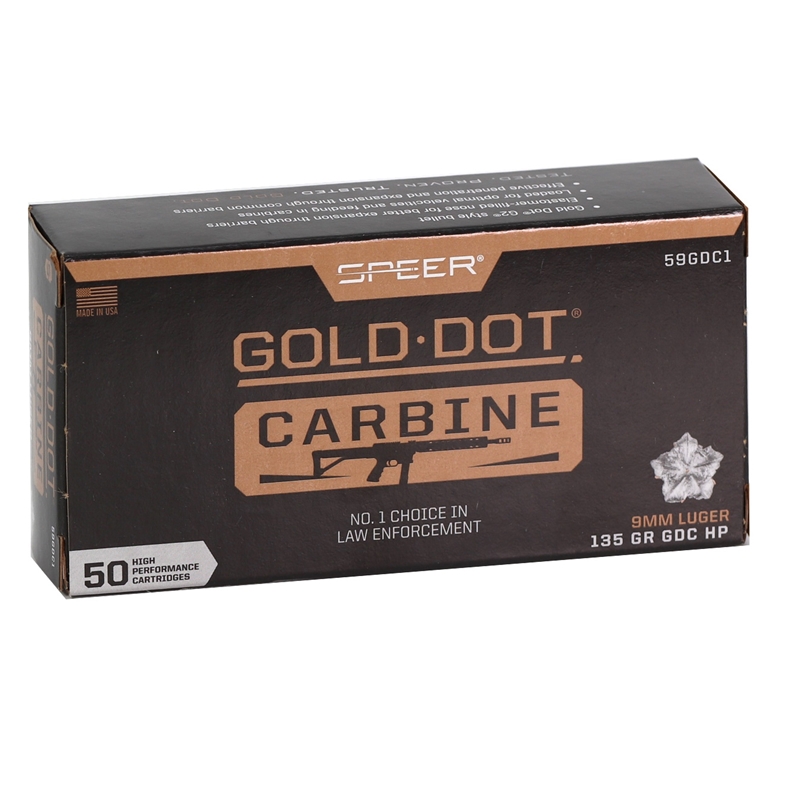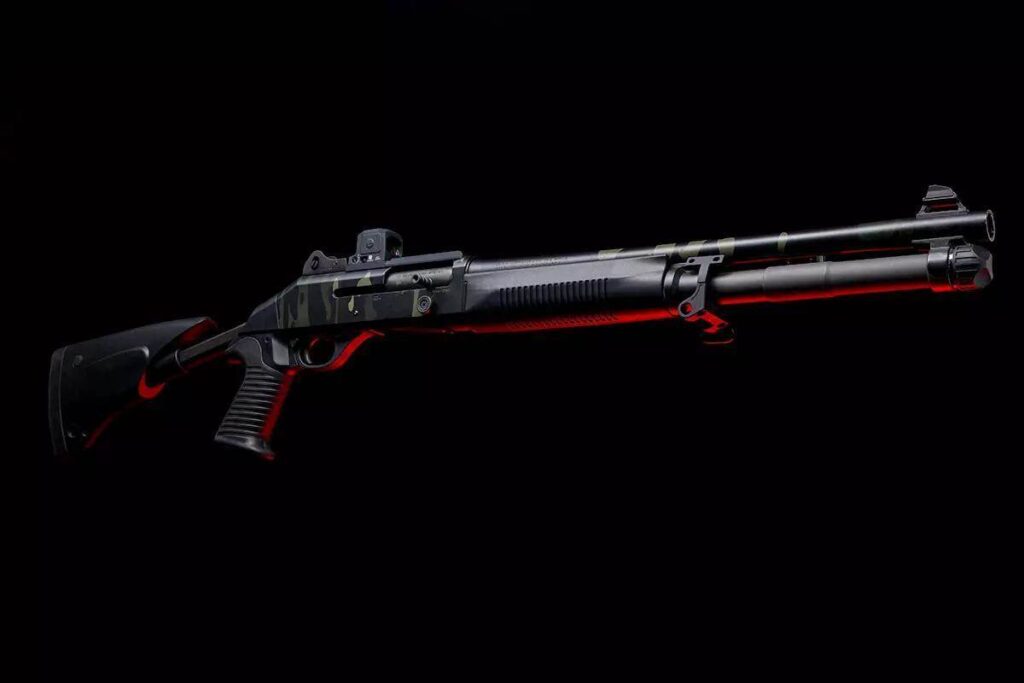Pistol caliber carbines aren’t going anywhere anytime soon. Plenty of folks seem to despise the little guns for existing, but after 2015, they’ve established a firm foothold in the gun industry. The cat’s not going back in the bag. They are here to stay, and I find the little fellas charming. Sure, they might be rifle size without rifle power, but they have their advantages. This includes lower concussion and lower recoil with the right gun, and it is super easy to suppress and cheap to train with. However, for defensive use, you have to choose the proper defensive ammo.
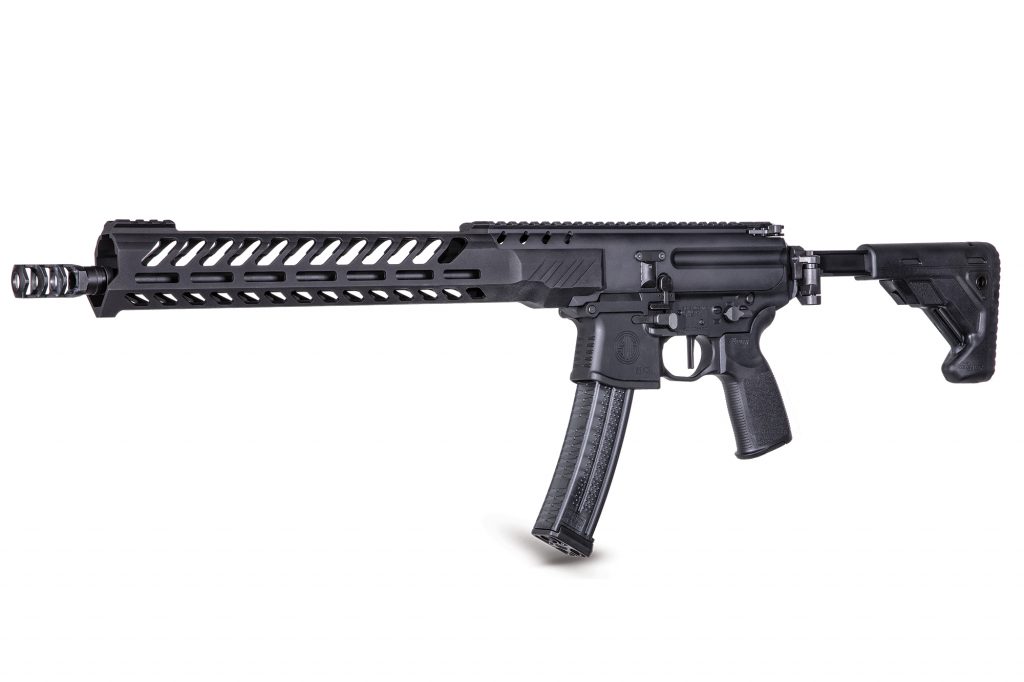
It’s not as easy as shoving your favorite 124-grain +P into the magazine and pressing the gas. PCCs have long, 16-inch barrels. That barrel imparts a little extra velocity to the cartridge. Admittedly, it’s beyond the point of diminishing returns, but it’s still faster than any handgun. More velocity tends to be better, right? Yes, to a degree.
Advertisement — Continue Reading Below
The problem we run into with PCCs and defensive ammo is that they are made for handguns. Jacketed hollow points are designed to expand at certain velocity thresholds. Through a PCC, many of these projectiles move faster than they are designed to, which creates issues.
Issues With Standard Defensive Ammo
In most cases a stock standard JHP will do okay through a PCC. However, it’s not always optimized for that role. We tend to see a few different results. Lighter rounds of the 124 and 115 grain variety are moving too fast. This can cause them to expand early, which can limit their penetration. Believe it or not, some standard velocity JHP loads won’t meet the 12-inch ballistic gel threshold.
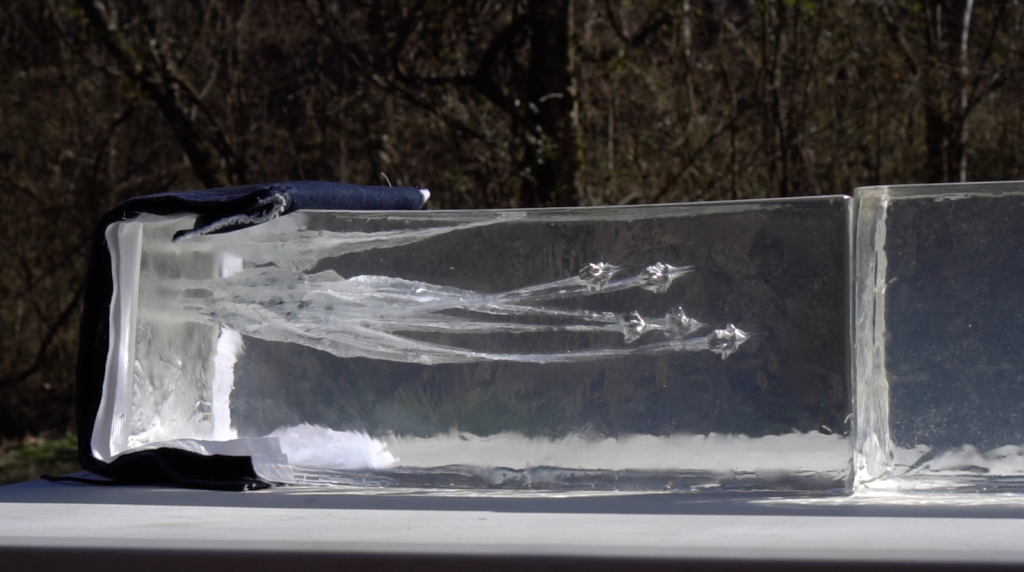
Advertisement — Continue Reading Below
Other rounds make it deep enough, but we see issues with their expansion. The expansion is no longer controlled. It’s unpredictable, and at times, portions are broken off, and weight isn’t retained through travel. This begins to chip away at the optimization of these cartridges for self-defense purposes. They simple aren’t designed to be moving at these speeds.
If we are willing to spend a buck a round for defensive ammo why wouldn’t we optimize our defensive ammo selection? What can we do? Well, we need to get slower bullets.
Proper Defensive Ammo For PCCs
One of the easiest solutions is simply using 147-grain rounds. These slower-moving projectiles work a lot better in PCCs than lighter rounds. They are still moving faster than normal but are hitting within an acceptable realm of velocity. We see consistent penetration, expansion, and weight retention from 147-grain rounds.
Advertisement — Continue Reading Below
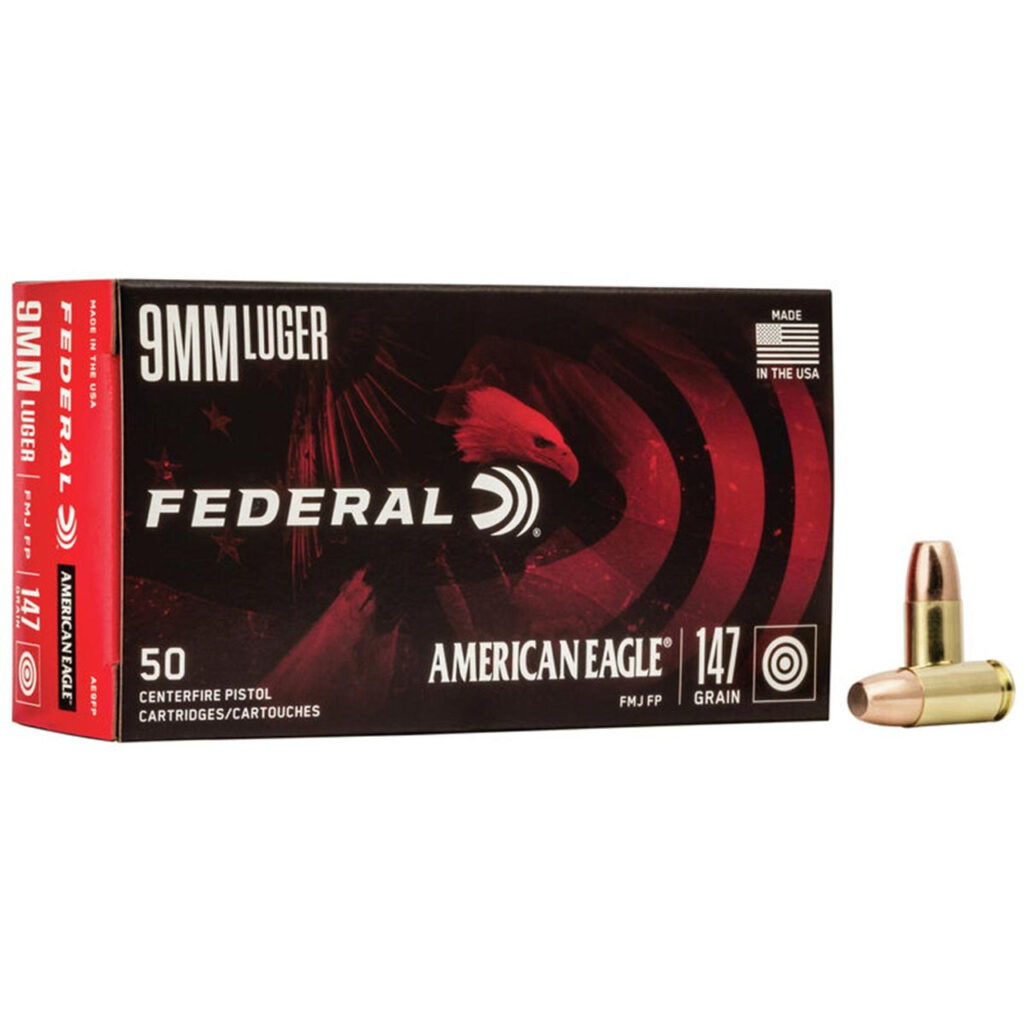
There are plenty of defensive-oriented 147-grain projectiles that do an excellent job. Their subsonic design also makes them perfect for shooters who want to suppress their rifles. A big advantage to PCCs is how easy they are to suppress.
That’s not the only option. The rise of pistol caliber carbines has introduced a rise in PCC-oriented ammo. Speer produces a 135-grain PCC load that’s optimized for PCCs. This includes providing excellent expansion and consistent penetration. The round has a velocity of 1170 feet per second from a carbine to guarantee good expansion and consistent performance.
Advertisement — Continue Reading Below
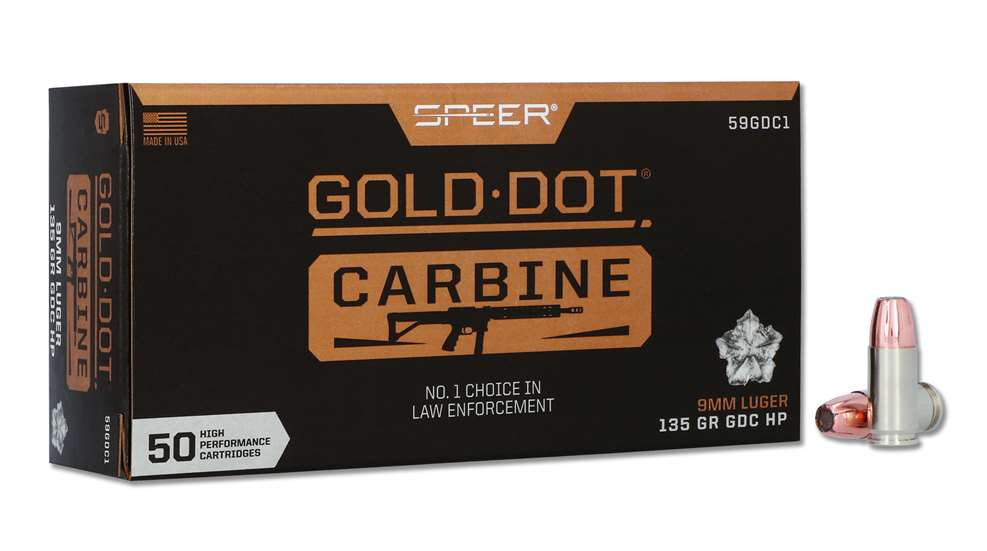
A small company called Seismic produces 185 grain 9mm QuakerMaker rounds that are JHPs. These heavy 9mm rounds would seemingly do quite well through a 9mm PCC. The hefty weight of the projectile would allow it to hit pretty hard and dig in deep.
Other PCC-specific loads exist, like Federal’s Syntech stuff, but they are FMJs and not suitable defensive ammo.
Advertisement — Continue Reading Below
Stay Heavy
Keep in mind, when I say PCC, I mean 16-inch barreled guns. Your normal subgun or large-format pistols aren’t going to need heavier ammo. You should consider heavier ammo when you get around 10 inches or so. For something like an MP5, you’ll still be successful with supersonic 9mm.
If you’re rocking and rolling with a full-length PCC, then go heavy with your defensive ammo. The Speer Gold Dot PCC round seems promising, and its purpose-built design is an exceptional idea. Go heavy, and preferably, go suppressed and take advantage of the PCC benefits.
Advertisement — Continue Reading Below
